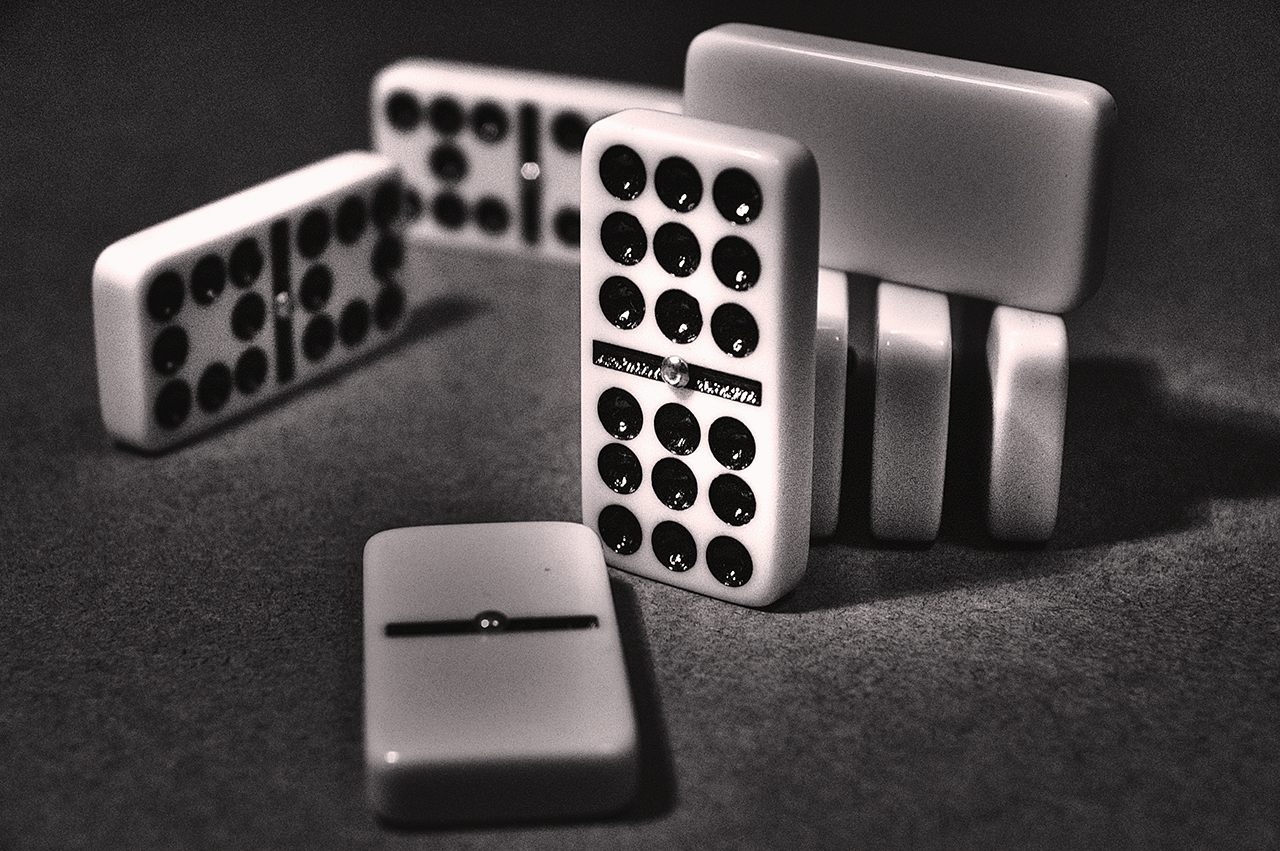*I will try to highlight new dates and information with red text.
September 11, 2013 - Early Dismissal for professional development at 1:15pm
October 8, 2013 - Ohio Reading Achievement Assessment (Please avoid scheduling appointments and absences on this date)
October 25, 2013 - Field Trip to Highbanks Metro Park for Earth Science. Please email if you are able to chaperon. Thank you!
October 25, 2013 - End of the first quarter
October 28, 2013 - No school, teacher grading day
October 31, 2013 - Halloween party (extended lunch from 12pm till 1:30pm, most students go home to change into costumes). Please note it is district policy that no costume may include any weapons or facsimiles.
Windermere Restaurant Nights: This year, the Windermere PTO will be sponsoring several “restaurant nights.” These fundraising events promote local businesses and support the Windermere P.T.O. The first restaurant night is at Graeter's on Bethel Road next Wednesday, September 11th from 7:00-9:00 p.m. Your child will bring home a flyer that must be presented when you place your order. Windermere receives 20% of the proceeds. Come have some ice cream, visit your Windermere friends, and support the Windermere PTO!
What We Learned This Week
Word Study
We studied the three first syllable types (open, closed, and VCE) in conjunction with the long and short a vowel sounds. I had intended to assess these understandings, but have decided to postpone our first spelling assessment till next Friday as students are not yet secure in these concepts. Students should have a reference word they associate with long and short vowel sounds: e.g., short a says apple, long a says ape.
Reading
We are still working on choosing Just Right Books (JRB). It really does not benefit students to have them reading too difficult a book. A JRB is a book they can read independently at 98% accuracy or higher. We are also working on building stamina, on becoming "Real Readers." We continued comparing and contrasting as well as being organized and systematic in our approach.
Writing
We are continuing towards mastery with identifying and/or editing towards complete sentences. Students are getting much better at identifying the subject and the predicate. I introduced sentence variation using linking or transition words (e.g., and, because, then, etc.).
Math

360 367 370
Because the value in the ones place is 7, we round up to 370. Students should be secure in knowing we round down when the value is 0, 1, 2, 3, or 4 and we round up when the value is 5, 6, 7, 8, or 9.
We start each lesson with a quick mental math exercise. These problems represent a lot of what adults do on a daily basis. Students share the many different strategies they have for solving these problems and we then discuss which are the most efficient strategies and what knowledge and skills we need to develop to use these strategies. For example: 42 + 36 could be solved many ways. We can sum the tens (40 + 30 = 70) and the ones (2 + 6 = 8) and then put them together (70 + 8 = 78). Alternatively we could preserve 42 and add it to 30 (42 + 30 = 72). We then add the six from 36 (72 + 6 = 78). We could also preserve 36 and add it to 40. (36 + 40 = 76). Finally (76 + 2 = 78). It is very beneficial to show students there are multiple ways to solve a problem. Students will be encouraged to "check their work" by solving problems multiple ways this year.
Students have been learning efficient strategies for identifying the possible combinations in problems ranging from possible numbers made from a set of digits (e.g., the digits 3, 5, 2 can be combined as 532, 523, 352, 325, 253, and 235) to clothing combinations (red shirt, blue shirt, green shorts, white shorts can be combined as red shirt:green shorts, red shirt:white shorts, blue shirt:green shorts, blue shirt:white shorts).
Science
Field Trip to Thompson Park was a huge success. Thank you to all of the volunteers. We'll be posting our photos next week.
We will head back to the park as soon as the leaves change.





